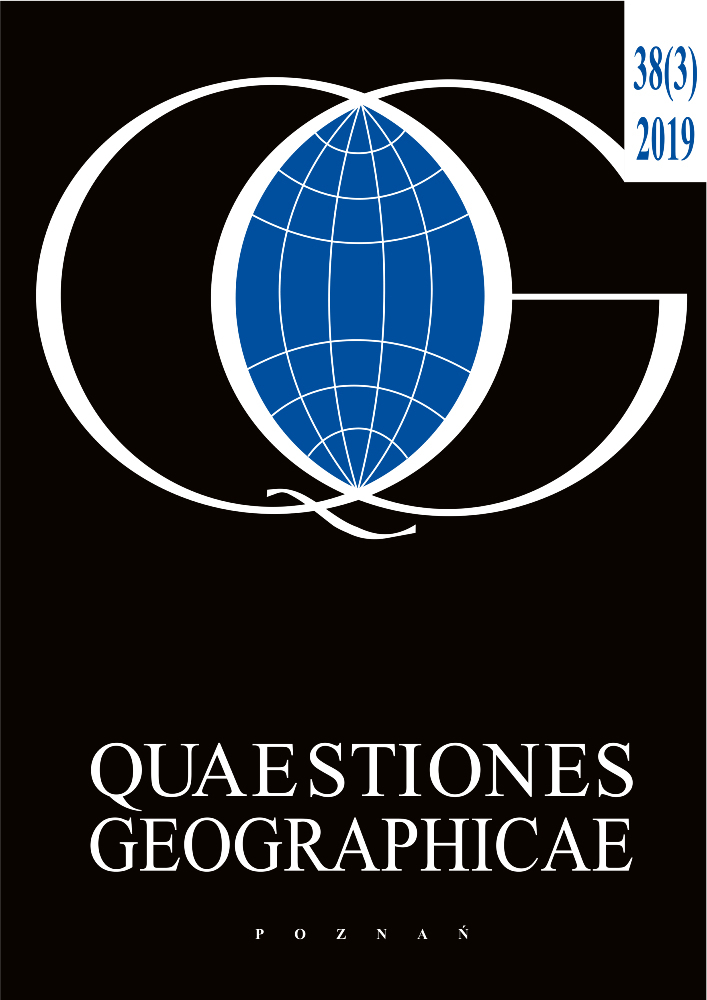Abstract
The Atlantic Meridional Overturning Circulation (AMOC) describes the northward flow of warm, salty water in the upper layers, and the southward flow of colder water in the deep Atlantic layers. AMOC strength estimates at 41°N latitude based on satellite sea surface height (SSH), and ARGO ocean temperature, salinity and velocity, and finally the difference in between the absolute mean sea levels (MSL) of the tide gauges of The Battery, New York, 40.7°N latitude, and Brest, 48.3°N latitude. Results suggest that the AMOC has been minimally reducing but with a positive acceleration since 2002, has been marginally increasing but with a negative acceleration since 1993, and has not been reducing but only oscillating with clear periodicities up 18 years, 27 years and about 60 years since 1856.
Funding
The authors wish to thank Josh Willis for the AMOC data he provided. The authors did not receive any funding and declare no conflict of interests.
References
Blewitt G., Kreemer C., Hammond W.C., Gazeaux J., 2016. MIDAS robust trend estimator for accurate GPS station velocities without step detection. Journal of Geophysical Research: Solid Earth 121(3): 2054–2068.
Boon J. D., 2012. Evidence of sea level acceleration at U.S. and Canadian tide stations, Atlantic Coast, North America. Journal of Coastal Research 28: 1437–1445.
Caesar L., Rahmstorf S., Robinson A., Feulner G., Saba V., 2018. Observed fingerprint of a weakening Atlantic Ocean overturning circulation. Nature 556(7700): 191.
Chambers D.P., Merrifield M.A., Nerem, R.S., 2012. Is there a 60-year oscillation in global mean sea level?. Geophysical Research Letters 39(18).
Clark P.U., Pisias N.G., Stocker T.F., Weaver, A.J., 2002. The role of the thermohaline circulation in abrupt climate change. Nature 415(6874): 863.
Cunningham S.A., Kanzow T., Rayner D., Baringer M.O., Johns W.E., Marotzke J., Longworth H.R., Grant E.M., Hirschi J.J.-M., Beal L.M., Meinen C.S., Bryden H.L., 2007. Temporal variability of the Atlantic Meridional Overturning Circulation at 26.5°N. Science 317: 935–938.
Ezer T., Atkinson L.P., Corlett W.B., Blanco J. L., 2013. Gulf Stream’s induced sea level rise and variability along the U.S. mid-Atlantic coast. Journal of Geophysical Research 118: 685–697.
Hirschi J., Baehr J., Marotzke J., Stark J., Cunningham S.A., Beismann J.O., 2003. A monitoring design for the Atlantic meridional overturning circulation, Geophysical Research Letters 30(7): 016776.
Hobbs W.R., Willis J.K., 2012. Midlatitude North Atlantic heat transport: A time series based on satellite and drifter data. Journal of Geophysical Research-Oceans 117: C1.
Iyengar R.N., 2009. Monsoon rainfall cycles as depicted in ancient Sanskrit texts, Current Science 97(3): 444–447.
Johns W.E., Baringer M.O., Beal L.M., Cunningham S.A., Kanzow T., Bryden H.L., Hirschi J.J.-M., Marotzke J., Meinen C.S., Shaw B., Curry R., 2011, Continuous, array-based estimates of Atlantic Ocean heat transport at 26.5°N. Journal of Climate 24: 2429–2449.
Kuhlbrodt T., Griesel A., Montoya M., Levermann A., Hofmann M., Rahmstorf S., 2007. On the driving processes of the Atlantic meridional overturning circulation. Reviews of Geophysics 45(2).
Levermann A., Griesel A., Hofmann M., Montoya M., Rahmstorf S., 2005. Dynamic sea level changes following changes in the thermohaline circulation. Climate Dynamics 24(4): 347–354.
Lozier M.S., Roussenov V., Reed M.C.S., Williams R.G., 2010. Opposing decadal changes for the North Atlantic meridional overturning circulation, Nature Geoscience 3: 728–734.
NGL [Nevada Geodetic Laboratory], 2018. The Nevada Geodetic Laboratory – Velocities. Online: geodesy.unr.edu/ velocities/midas.IGS08.txt (accessed December 7, 2018).
NGL [Nevada Geodetic Laboratory], 2019. The Nevada Geodetic Laboratory. Online: geodesy.unr.edu (accessed February 13, 2019).
Parker A., 2013. Oscillations of sea level rise along the Atlantic coast of North America north of Cape Hatteras. Natural Hazards 65(1): 991–997.
Parker A., 2016. Atlantic Meridional Overturning Circulation is stable under global warming. Proceedings of the National Academy of Sciences 113(20): 2760–2761.
Parker A., Ollier C.D., 2016. There is no real evidence for a diminishing trend of the Atlantic Meridional Overturning Circulation. Journal of Ocean Science and Technology 1(1): 30–35.
PSML [Permanent Service for Mean Sea Level], 2019. Permanent Service for Mean Sea Level. Online: www.psmsl.org (accessed February 13, 2019).
Sallenger A.H., Doran K.S., Howd P.A., 2012. Hotspot of accelerated sea-level rise on the Atlantic coast of North America. Nature Climate Change 2: 884–888.
Schlesinger M.E., Ramankutty N., 1994, An oscillation in the global climate system of period 65–70 years. Nature 367: 723–726.
The RAPID project, 2019. RAPID-AMOC – Monitoring the Atlantic Meridional Overturning Circulation. Online: www.rapid.ac.uk (accessed February 13, 2019).
Thornalley D.J., Oppo D.W., Ortega P., Robson J.I., Brierley C.M., Davis R., Hall I.R., Moffa-Sanchez P., Rose N.L., Spooner P.T., Yashayaev I., 2018. Anomalously weak Labrador Sea convection and Atlantic overturning during the past 150 years. Nature 556(7700): 227.
Willis J.K., 2010. Can in situ floats and satellite altimeters detect long-term changes in Atlantic Ocean overturning?, Geophysical Research Letters 37: L06602.
Willis J.K., Fu L.-L., 2008. Combining altimeter and subsurface float data to estimate the time-averaged circulation in the upper ocean. Journal of Geophysical Research 113: C12017.
Yin J., Schlesinger M.E., Stouffer R.J., 2009. Model projections of rapid sea-level rise on the northeast coast of the United States. Nature Geoscience 2: 262–266.

